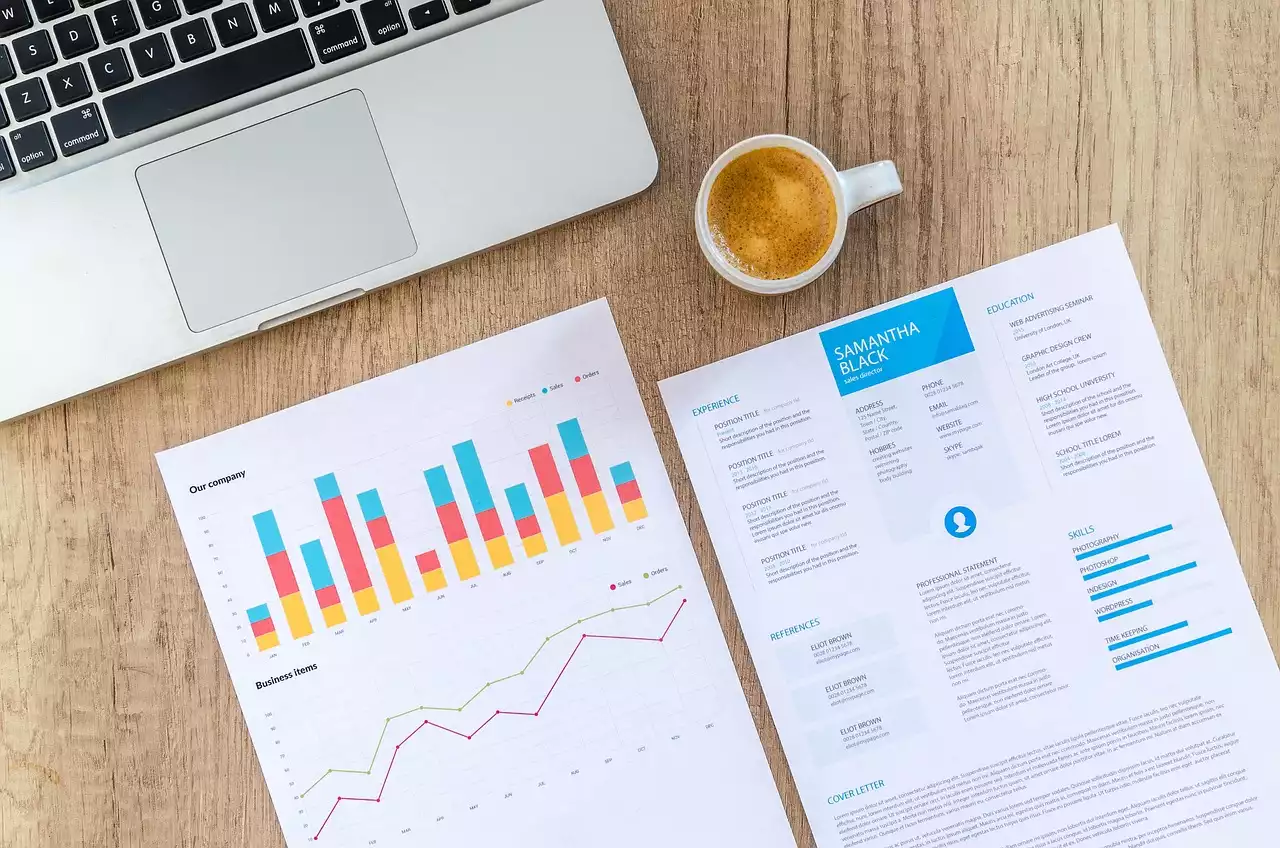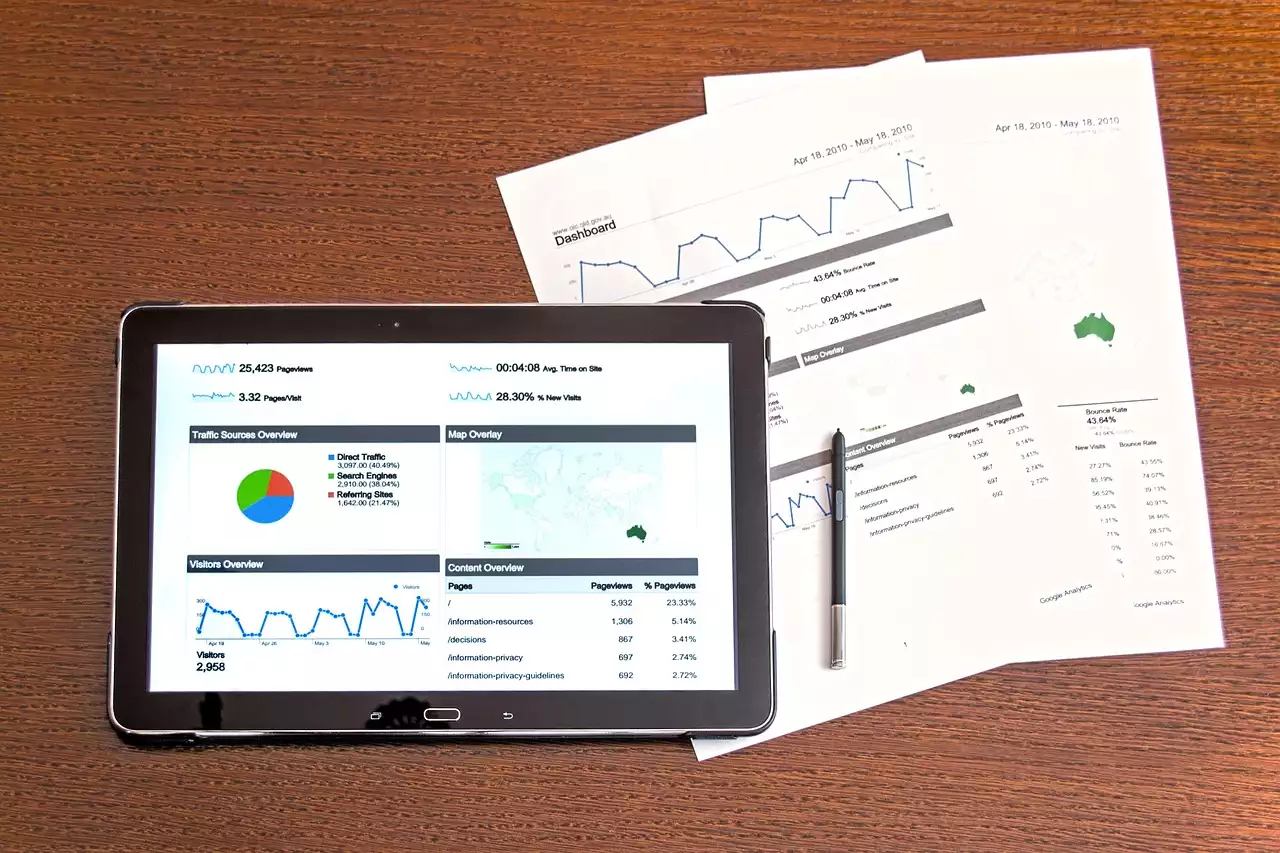The Importance of Data Visualization in Decision Making
Data visualization is the process of presenting data in a graphical or pictorial format to make it easier to understand and analyze. It is an essential tool for businesses to make informed decisions based on the data they collect. Data visualization enables businesses to identify patterns, trends, and outliers that would otherwise go unnoticed. It allows businesses to communicate complex data in a simple and easily digestible format to stakeholders, both internal and external.
Data visualization techniques include charts, graphs, maps, and other visual aids. These techniques help businesses understand and analyze the data they collect, making it easier to make data-driven decisions. Data visualization is not just limited to numerical data; it can also be used to visualize textual data, such as customer feedback and social media conversations.
The importance of data visualization in decision making cannot be overstated. It is a powerful tool that enables businesses to make informed decisions based on the data they collect. With the rise of big data, data visualization has become even more critical. However, as the amount of data continues to grow, it can be challenging to make sense of it all. This is where AI comes in.
Types of Data Visualization
There are various types of data visualization techniques that businesses can use to present their data. Some of the most common ones include:
- Line charts - used to show trends over time
- Bar charts - used to compare different categories
- Pie charts - used to show proportions
- Scatter plots - used to show the relationship between two variables
- Heat maps - used to show patterns in large datasets
- Tree maps - used to show hierarchical data
Each type of data visualization has its own strengths and weaknesses. It is essential to choose the right visualization technique depending on the data being presented and the audience it is being presented to.
What is AI and How Does it Enhance Data Visualization?
Artificial intelligence (AI) is the simulation of human intelligence processes by machines. It involves the development of algorithms that can perform tasks that would typically require human intelligence, such as perception, reasoning, learning, and decision making. AI has revolutionized the way we analyze and interpret data, making it easier to draw insights and make informed decisions.
AI enhances data visualization in several ways. It enables businesses to process large datasets quickly and accurately, making it easier to identify patterns and trends. AI algorithms can also identify outliers and anomalies in the data that would otherwise go unnoticed. AI-powered data visualization tools can also help businesses predict future trends and make informed decisions based on that information.
How AI is helping enhance Data Visualization
Innovative AI Solutions for Data Visualization
Chatbots
Chatbots are AI-powered programs that can simulate human conversation. They are often used in customer service to answer frequently asked questions and provide support. However, chatbots can also be used to analyze and visualize data. Chatbots can access data from various sources and present it in a conversational format, making it easier for users to understand and interact with the data.
Image Recognition
Image recognition is a form of AI that involves training algorithms to identify objects and patterns in images. Image recognition can be used to analyze visual data and present it in a more accessible format. For example, image recognition can be used to analyze satellite imagery to identify patterns and trends in agriculture or weather patterns.
Natural Language Processing
Natural language processing (NLP) is a form of AI that involves teaching machines to understand human language. NLP algorithms can analyze language patterns to identify trends and insights. NLP can be used to analyze social media conversations, customer feedback, and other forms of textual data. NLP-powered data visualization tools can present this data in a more accessible format, making it easier to understand and analyze.
Predictive Analytics
Predictive analytics is a form of AI that involves using historical data to predict future trends. Predictive analytics can be used to forecast sales, identify potential risks, and make informed decisions based on that information. Predictive analytics-powered data visualization tools can present this information in a more accessible format, making it easier to identify trends and patterns.
Recommendation Engines
Recommendation engines are AI-powered algorithms that analyze data to provide personalized recommendations to users. Recommendation engines can be used in e-commerce to recommend products to customers based on their browsing and purchase history. Recommendation engines can also be used in content marketing to recommend articles and other content to readers based on their interests.
Sentiment Analysis
Sentiment analysis is a form of AI that involves analyzing social media conversations, customer feedback, and other forms of textual data to identify the sentiment behind the messages. Sentiment analysis-powered data visualization tools can present this information in a more accessible format, making it easier to understand and analyze.
Virtual Assistants
Virtual assistants are AI-powered programs that can perform tasks and answer questions for users. Virtual assistants can be used to analyze and visualize data, making it easier for users to interact with the data. Virtual assistants can also be used to provide personalized recommendations and insights based on the data.
Examples of AI-Driven Data Visualization in Various Industries
AI-driven data visualization is being used in various industries to gain insights and make informed decisions. Here are some examples:
Healthcare
AI-driven data visualization is being used in healthcare to analyze patient data and identify trends and patterns. For example, AI algorithms can analyze patient records to identify patients who are at risk of developing a particular disease. This information can help healthcare providers develop targeted prevention and treatment plans.
Finance
AI-driven data visualization is being used in finance to analyze market trends and make informed investment decisions. For example, AI algorithms can analyze market data to identify emerging trends and investment opportunities. This information can help investors make informed decisions about where to invest their money.
Marketing
AI-driven data visualization is being used in marketing to analyze customer data and identify patterns and trends. For example, AI algorithms can analyze customer purchase history to identify products that are frequently purchased together. This information can help businesses develop targeted marketing campaigns and promotions.
Benefits of AI-Driven Data Visualization
AI-driven data visualization offers several benefits to businesses. Here are some of the most significant advantages:
- Faster data analysis and processing
- More accurate data analysis and insights
- Better decision making based on data-driven insights
- More accessible and understandable data presentation - Predictive analytics for future trends
Challenges in Implementing AI-Driven Data Visualization
While AI-driven data visualization offers many benefits, there are also several challenges to implementing it. Some of the most significant challenges include:
- Data privacy and security concerns
- Lack of skilled personnel to develop and maintain AI algorithms
- Integration with existing data systems and infrastructure
- High costs associated with developing and implementing AI-driven data visualization tools
Best Practices for Using AI-Driven Data Visualization
To get the most out of AI-driven data visualization, businesses should follow these best practices:
- Define clear goals and objectives for data analysis and visualization
- Ensure data quality and accuracy
- Choose the right data visualization techniques for the data being presented
- Develop and maintain AI algorithms in-house or with a trusted partner
- Ensure data privacy and security
- Regularly review and update data visualization tools and techniques









